More than 60 years ago, Israeli Prime Minister David Ben-Gurion spoke of his vision of “making the desert bloom.” At the time, he probably had no idea that this initiative would eventually turn into a multi-billion dollar project. The initiative is a combination of three projects: a giant solar power plant; the world’s tallest solar power tower; and a wastewater treatment plant.
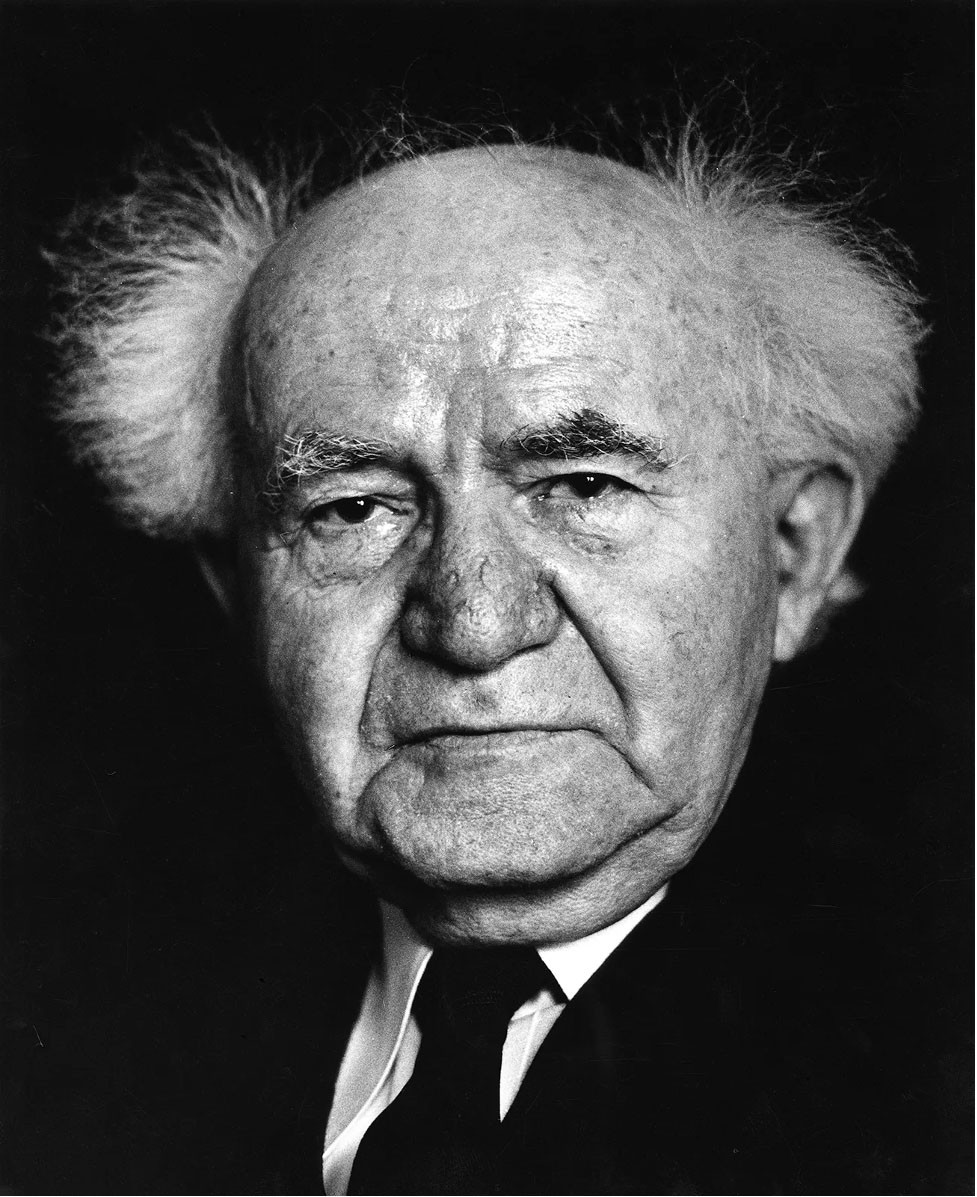 |
| David Ben-Gurion was the first Prime Minister of the Zionist period of Israel, playing an important role in the construction of the country's constitution. (Photo: Britannica) |
All three projects are located near a population of just 500 people in Israel’s Negev Desert. Two of the projects are located next to each other in a solar complex called Ashalim.
The Negev is a combination of rocky desert, dusty, arid hills. Temperatures can reach 46 degrees Celsius, and the area covers more than 50% of Israel's territory, covering about 12,000 km 2 .
The projects were initiated after the Israeli government set a plan to have renewable energy contribute to 10% of electricity production by 2020.
Changing the game in the energy market
The first project is the Negev Energy solar thermal power plant. This is Israel's largest renewable energy project, covering an area of about 4 square kilometers. The solar power plant is made up of 28,000 tons of steel and about 500,000 parabolic mirrors that collect light to convert it into energy. The value of the above power plant is up to 1.1 billion USD.
With output sold directly to the Israel Electric Power Corporation, the 121 MW plant will provide clean, renewable energy to more than 60,000 households. When operating at full capacity, the plant will help reduce approximately 245,000 tons of CO2 emissions per year, equivalent to taking 50,000 vehicles off the road.
The plant is supported by one of the largest molten salt storage systems in the world, allowing it to store and deliver an additional 4.5 hours of clean energy at full capacity each day even after sunset or during cloudy skies, allowing operations to increase to up to 18 hours per day.
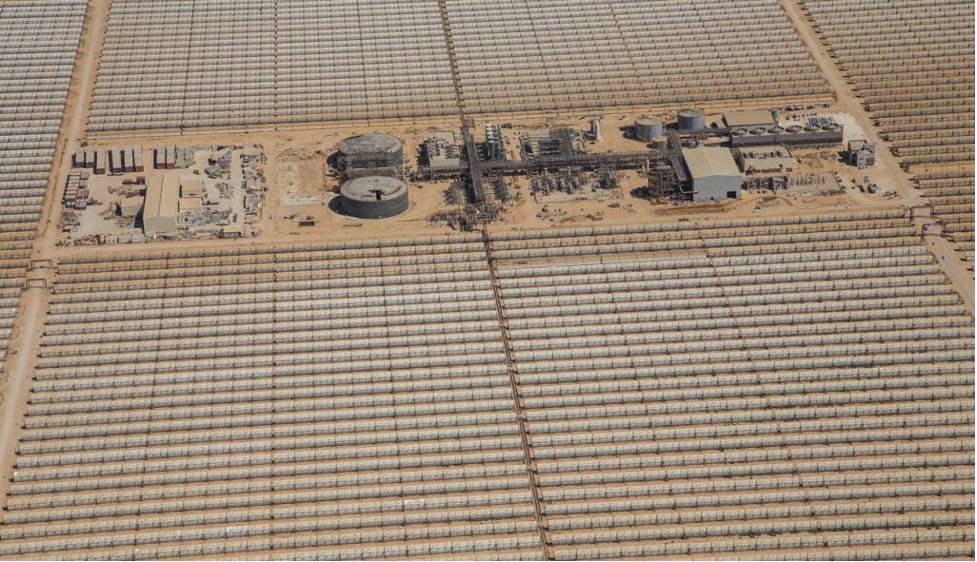 |
| Aerial view of the Negev Energy project. (Source: nocamels.com) |
Negev Energy CEO Didi Paz told NoCamels that the plant uses such advanced innovative technology that it could be a game changer in the energy market.
“Like Silicon Valley in California, we are the Sun Valley of Israel,” Paz compared the status of solar facilities in an interview with NoCamels .
“Negev Energy is unique in that this project can bring energy storage to Israel,” Paz told NoCamels . “This is the first time that Israeli technology can store energy, adding an integral part to the solar process,” he claimed.
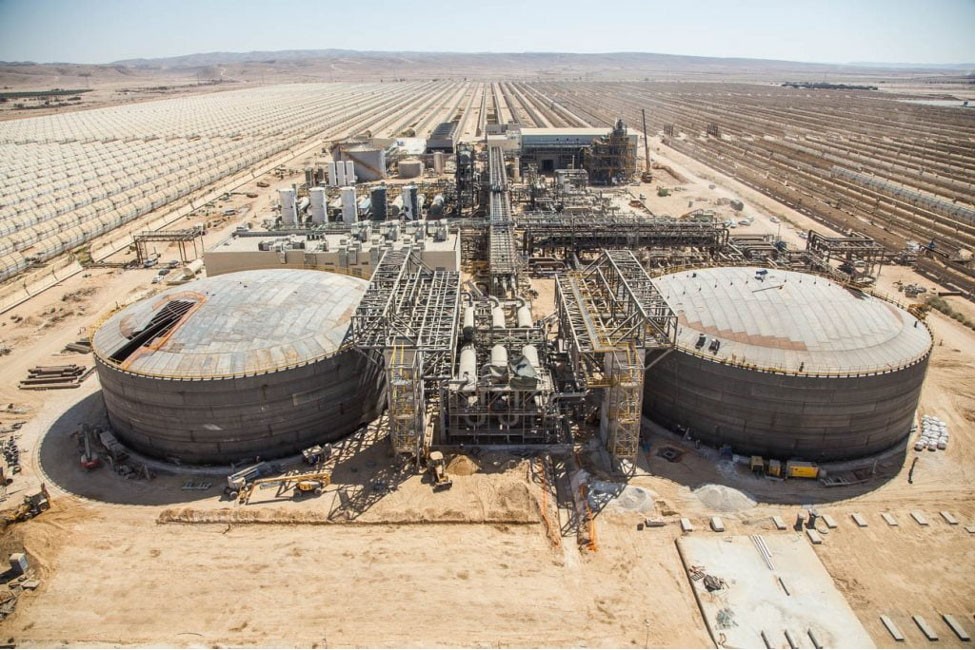 |
The project generates up to 121 MW of electricity, which can supply more than 60,000 households, reducing about 245,000 tons of CO2 emissions per year.
Negev Energy is a 50% subsidiary of Israel's Shikun & Binui Group. The other two owners are Noy Investment Fund and TSK, a Spanish company specializing in turnkey projects for energy generation plants. A turnkey project is one that is designed and installed, and then transferred to another company.
Negev Energy Chairman Pinchas (Pini) Cohen is also chairman of the Noy Foundation, and previously served as chairman and CEO of Africa Israel, an international investment group, as well as chairman of some of Israel's most prominent real estate and investment companies.
The second project is the Megalim Solar Power Plant, built on an area of nearly 3km2 , including 50,000 heliostats that absorb sunlight; thermal storage (including boilers) to boil salt to generate heat for energy conversion and monitoring and logistics control systems and a giant solar power tower 260m high.
The project, which is estimated to cost $800 million, went into production in September 2019, producing 320 GWhr/year and capable of powering 120,000 homes.
The Noy Fund was also part of the consortium that won the Megalim solar power plant bid. The other two members are California-based BrightSource Energy and GE Renewable Energy, a subsidiary of General Electric.
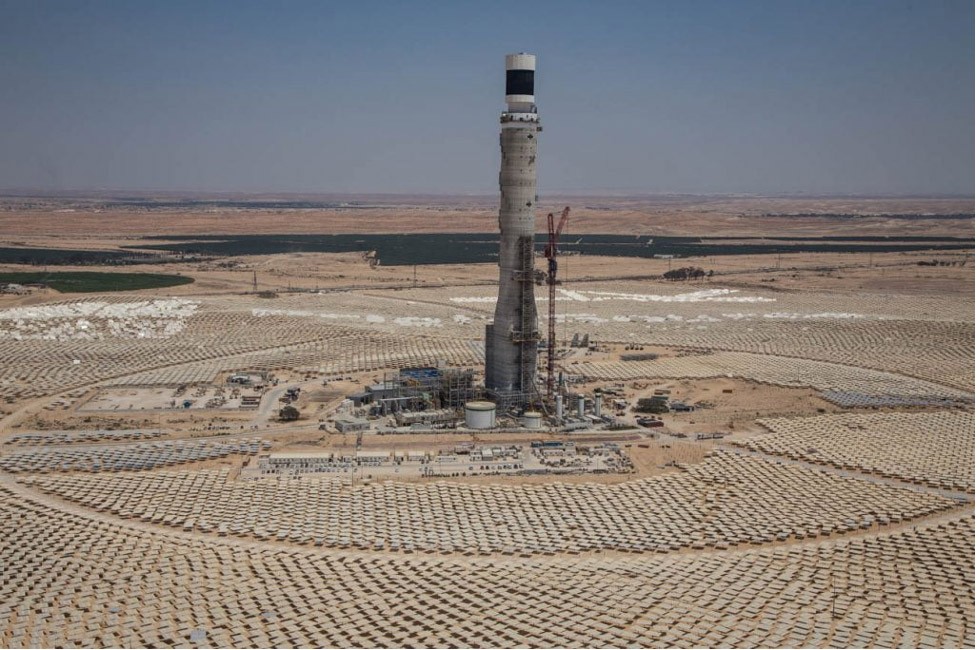 |
| Megalim Solar Power's solar tower. (Source: Albatross) |
Megalim Solar Power CEO Eran Gartner told the Associated Press in 2017 that the project “is the most important single facility in Israel’s commitment to CO2 reduction and renewable energy.”
Megalim is modeled after the world's largest concentrated solar power tower project, the Ivanpah Solar Power Generation System, a 390 MW plant in California, and is considering expanding the project to include a second tower and a molten salt storage system, similar to the machines built by Negev Energy.
This was the world's largest solar tower before being surpassed by the 262.44m-tall solar tower at the Mohammed bin Rashid Al Maktoum Solar Park in Dubai.
Both Megalim and Negev Energy are being built under the BOT (build-operate-transfer) model, whereby after construction and 25 years of operation, the project will be handed over to the state.
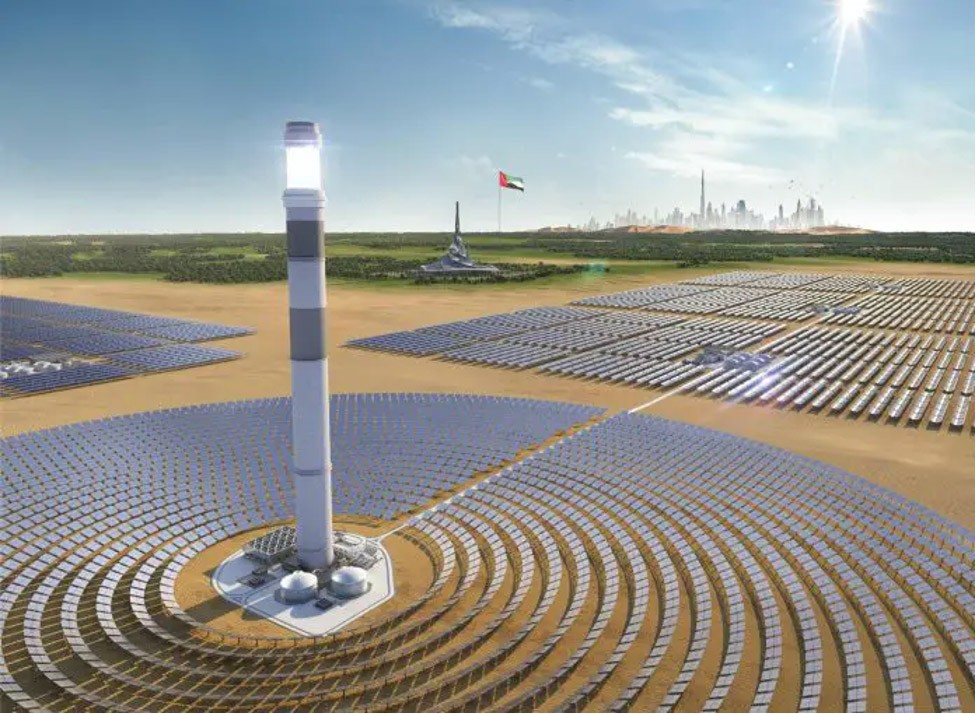 |
| The 262.44m high solar power tower in Dubai. (Source: Construction Review Online) |
The third project is a 35 MW solar power plant based on the use of solar cells to generate electricity. This initiative was launched with an initial investment of about 100 million USD and is known as the Ashalim SUN Project. It was also the fastest completed project and was completed ahead of schedule in December 2017.
In addition, to support businesses, the Israeli government has built a water treatment facility to support solar energy companies with the Ramat Hanegev Cogeneration Wastewater Treatment and Desalination Plant and built infrastructure around the complexes.
Positives and negatives
It can be seen that the above projects originate from the supply of electricity from renewable energy. Through these projects, thousands of local people have stable jobs because the operating process requires a lot of workers in each category.
In addition, the projects will help promote tourism and environmental planning in a systematic way. Regarding tourism, Paz said: "Tourists will be able to fully enjoy the magnificent scenery, watching them from above."
Meanwhile, the Ramat Hanegev Regional Council, the “host” of two of the three projects, said it is preparing resources to attract tourists and install “viewing spots and accommodation in the area for visiting groups and tourists.” If this becomes true, the changes to the area will be huge, including the surrounding areas, because a lot of infrastructure will be built along with it.
On the downside, there are concerns about the destruction of natural resources. However, Mr. Paz said that the projects consume natural resources, but they still meet advanced international environmental standards and aim for sustainable development, by using water from the desalination plant and recycling the thermal oil produced by the mirrors.
Israel may not be considered a leader in renewable energy, but with these projects and future ones, the country could be on its way to becoming an energy powerhouse.
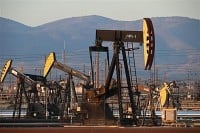 | OPEC+ production cut: Energy industry surprised, experts say oil prices will increase by $10/barrel On April 2, other oil-producing countries of the Organization of the Petroleum Exporting Countries (OPEC) and its partners, or ... |
 | 'Hot' over consecutive US-South Korea military exercises, North Korea warns of 'powder keg' On April 6, North Korea strongly criticized the latest joint military exercises between South Korea and the United States, and announced that it would ... |
 | Nord Stream pipeline explosion: UN 'helpless', is there a possibility that Russia will be compensated for damages? The United Nations is currently “unable to verify complaints related to the Nord Stream gas pipeline incident,” the... |
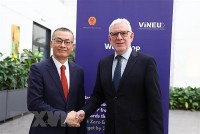 | Germany is ready to be a reliable and capable partner for Vietnam's energy transition. Vietnamese Ambassador to Germany Vu Quang Minh emphasized that Vietnam really needs cooperation and support from partners... |
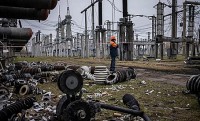 | UNDP estimates damage to Ukraine's energy sector, Kiev hopes for more support According to a new assessment by the United Nations Development Programme (UNDP) and the World Bank (WB), the damage to ... |
Source



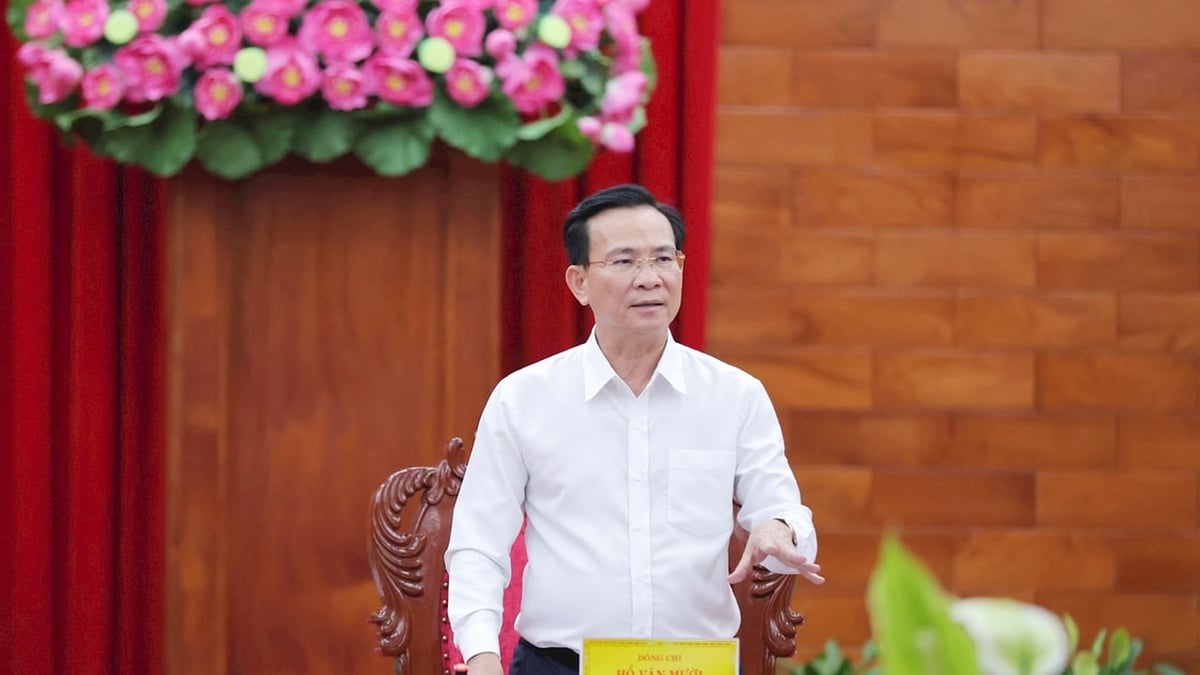






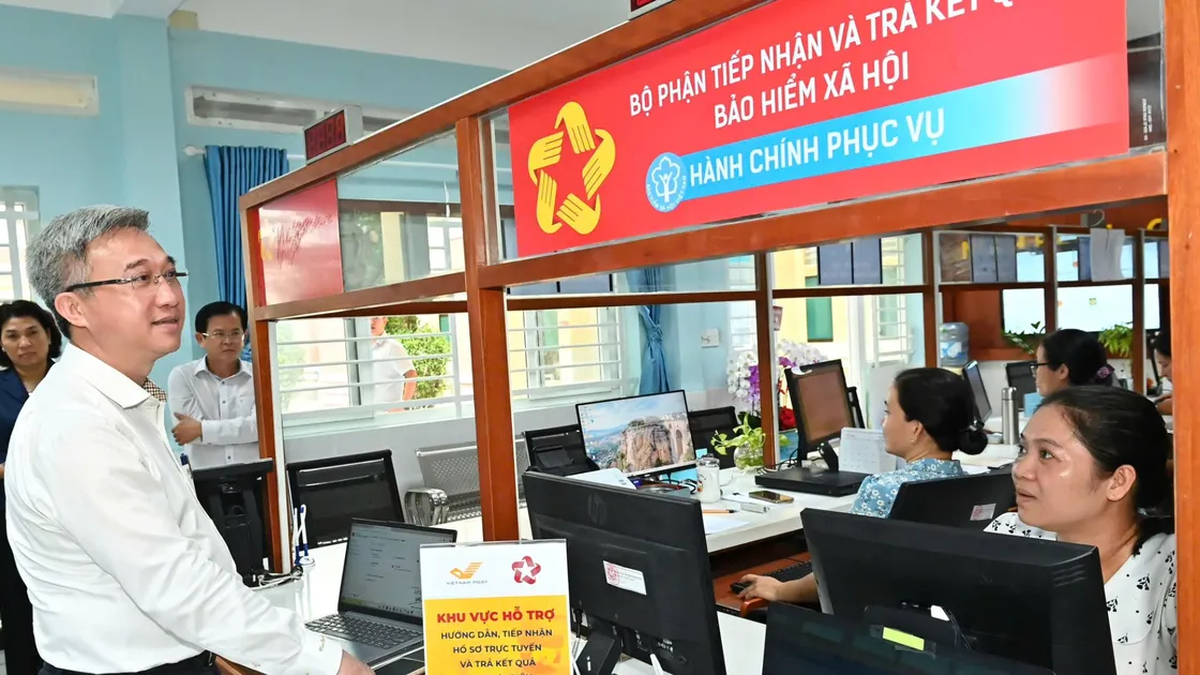









































![[Maritime News] More than 80% of global container shipping capacity is in the hands of MSC and major shipping alliances](https://vphoto.vietnam.vn/thumb/402x226/vietnam/resource/IMAGE/2025/7/16/6b4d586c984b4cbf8c5680352b9eaeb0)













































Comment (0)